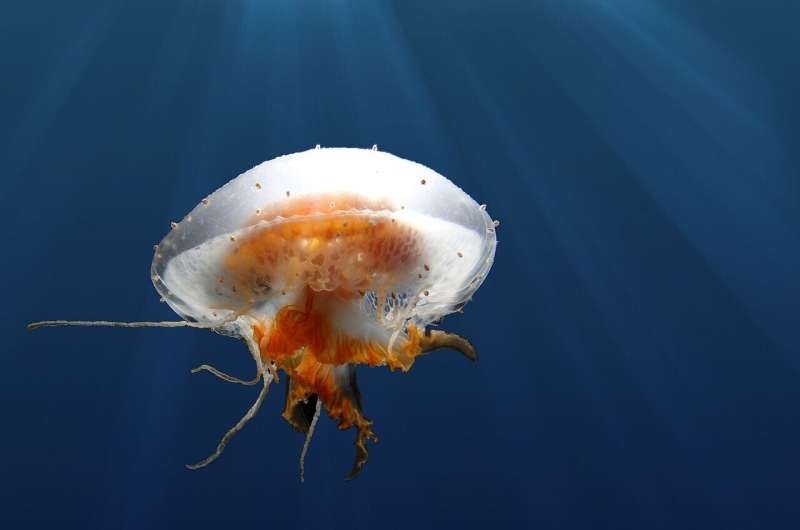Learn about the rarely seen dangers of jellyfish blooms plaguing the coastal beaches of Málaga, Spain and how citizen science is paving a way for better awareness and sustainable tourism mapping.

The Jellyfish Takeover
Málaga, Spain — Tourists who flock to the sun-drenched beaches of Malaga may no longer be waking up in paradise. Sharks and their killers are not the only predators to worry about; swarms of stinging jellyfish are just beneath the surface.
Insights are provided by new research identifying them as an ever more pressing threat on the Costa del Sol, Spain’s most tourism-dependent coastline. In the Summer of 2018, there have been an increasing number of jellyfish swarms that have formed which have given cause to public safety notices along coastline areas.
While many tourists loll about on the sands, soaking up the sun and sipping their sangria, they remain totally oblivious to a new kind of paradise problem. Jellyfish are emerging as a hazard for swimmers, further compounded by some areas of the Queensland coast known to be more risky based on both historical and citizen science data.
Citizen Science to the Rescue
Seeking data on the jellyfish menace, researchers at the University of Málaga launched a citizen science initiative.
Two mobile apps — Infomedusa and Medusapp — tracked jellyfish sightings in real-time reports from regular beach-goers. This was combined with local governments’ historical data and knowledge from the region, and all were shared openly for others to use.
The researchers conclude that citizen science data offers a valuable, scalable and low-cost approach to environmental monitoring. With this strategy of people-powered science, they collected data that would have been hard for them to get through other means, like classic scientific methods.
With the help of geographic information system (GIS) technology, they charted detailed maps of the coast and identified a 50 km section between Benalmádena and Torre del Mar as an especially treacherous zone for jellyfish encounters.
Conclusion
This insight is particularly important for the tourism sector in Málaga. Jellyfish blooms can have a major impact on beach uses, dissuading visitors and posing a risk to the local economy. This citizen science approach could be adapted to any number of coastal phenomena including algal blooms, shark sightings or the effects of climate change on local marine ecosystems. Engaging the public in scientific research can help us to understand these problems better and improve our efforts to conserve our beaches, and the tourism industry that depends on them.
